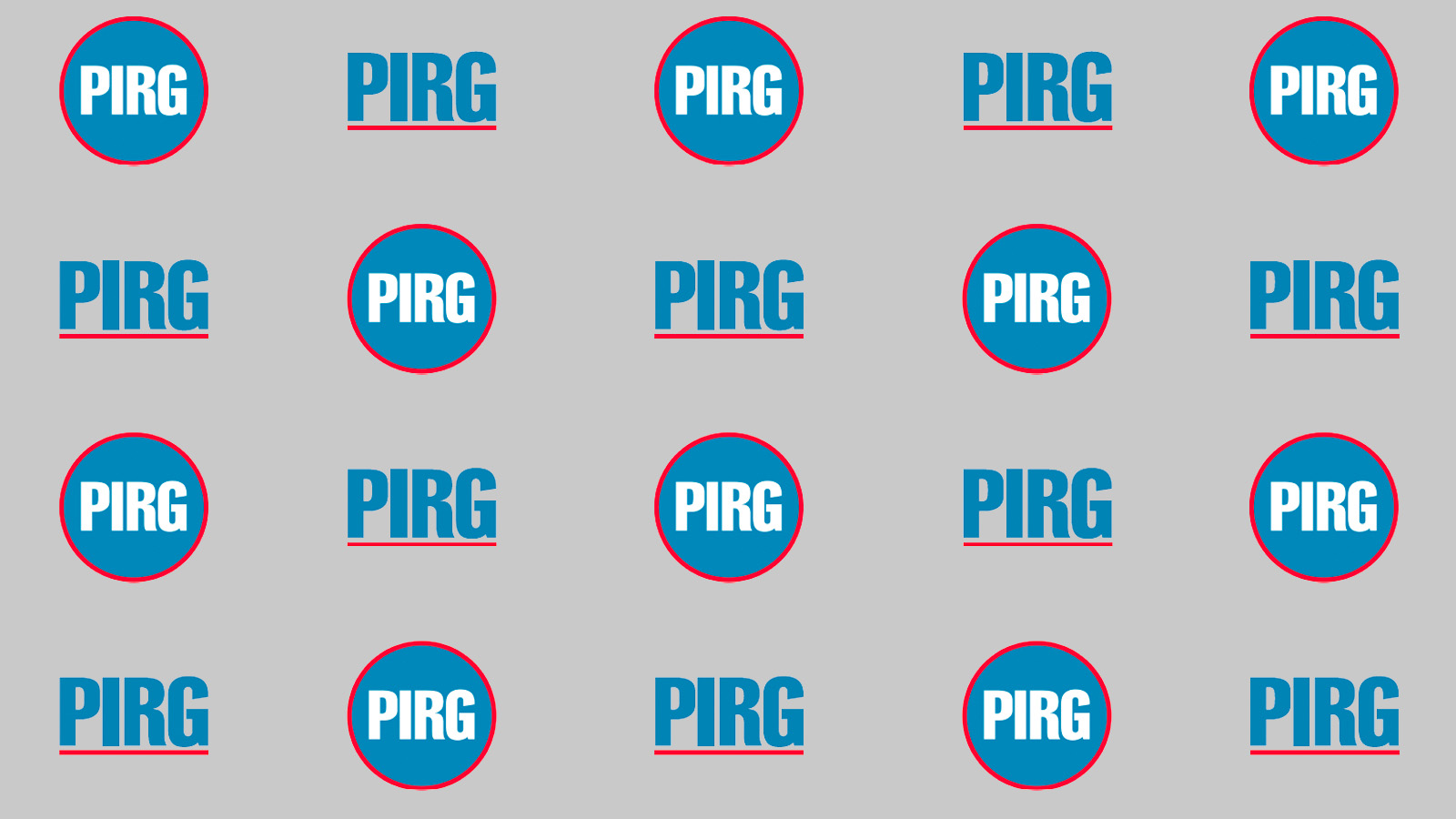
The Third Year of the Oregon Prescription Drug Transparency Program Demonstrates Gaps and Brings New Tools
OSPIRG has worked for years to lower prescription drug costs. In 2018, we helped pass the Prescription Drug Price Transparency Act to help monitor prescription drug costs and provide more opportunities to lower prices and prevent price gouging by pharmaceutical companies. Three years later, DCBS’s annual report and public hearing on the program’s findings reveal key information about the cost of prescriptions in Oregon:
-
Prescription drugs continue to be too expensive.
Cancer drugs continue to be the most expensive drugs reported. In 2021, the most expensive drug was Abecma, with a list price of $419,500. Last year, the most expensive drug was Tecartus, a cancer drug with a price of $373,000 for a single dose.
-
Drug price increases are not necessarily related to improvements to the drug, or to its usage or prevalence.
For the third year in a row, Oregon insurance companies reported Humira, a common immunosuppressive drug used to treat conditions such as arthritis, as the most costly drug in terms of total amount spent. It averages over $4800 per prescription, and is one of the most commonly prescribed medications in the state. Humira’s price has increased about 7% for each of the last two years without any indication of changes to the drug’s safety or effectiveness. Some drug price increase reports had no accompanying reasons for the price increase, while others attributed it to overhead and similar administrative costs. Finally, some reasons for price increases were marked as trade secrets, and therefore not publicly released.
-
Generics have recently seen an increase in price hikes.
Since this program began, the number of reported price increases for generic drugs has increased from 37 to 90 and 57 in the second and third year, respectively. On the other hand, brand name price increase reports have decreased from 515 to 70 and 86. While generic drugs are generally more affordable than their brand-name counterparts, this year the average reported price increase for generic drugs was 27 percent, twice the average increase for brand name drugs at 13 percent. In fact, the greatest price increase was for the generic drug promethazine hydrochloride syrup, used to treat allergies, nausea, and motion sickness. Its price increased by 778 percent, from $10.99 in 2019 to $96.48 in 2020. This focus on increased generic prices could propel the drugs that are supposed to be less expensive alternatives out of consumers price ranges.
-
There are still ways for drug manufacturers to evade reporting requirements and achieve higher prices.
The total number of drug price increase reports was lower this year, which means there are fewer price increases that meet the reporting threshold. However, the report suggests that the average release price of new drugs has increased dramatically; in 2017, the average launch price was $10,000 – more than twice the average price in 2016. There is also no way to determine if drug prices have increased by less than 10%, which does not trigger the reporting requirements of the program. That means it is also possible that manufacturers are increasing the price of more drugs by less. These tactics would allow drug companies to circumvent reporting requirements and public scrutiny while maintaining revenue.
-
There are still gaps in the transparency program.
This year, manufacturers labeled 53 percent of all reported data as a trade secret. This often included the total revenue and profit of a drug, as well as the value and participation in patient assistance programs. A drug manufacturer may label a portion of a required report as a trade secret in an attempt to prevent disclosure to the public, but that is in the company’s discretion, and it is onerous for state agencies to rebut trade secret claims. This hidden information is another way for manufacturers to avoid the point of the program: transparency.
Improving the program
In addition to these findings, the DCBS has a new online tool to view reports filed by drug manufacturers, including price increases and new drug reports. These filings can be viewed by drug, report type, manufacturer, and more. This tool is a great step to further improving the price transparency program and the availability of information gathered by the reports.
Moving forward, there are several recommendations from the transparency program on how to improve data collection and the information available, including gathering information on patient assistance programs. In December 2021, OSPIRG testified at the public hearing supporting that recommendation and further price transparency, as well as tactics that work to use this information to actually lower costs, such as the new Prescription Drug Affordability Board. The 2021 recording for the public hearing on the third annual Drug Price Transparency report can be viewed here.
OSPIRG is dedicated to reducing the cost of healthcare in Oregon. If you have a story to tell us, you can share it with us here.
Topics
Authors
Maribeth Guarino
High Value Health Care, Advocate, PIRG
Maribeth educates lawmakers and the public about problems in health care and pushes for workable solutions. When she's not researching or lobbying, Maribeth likes to read, play games, and paint.
Find Out More

OSPIRG Federal Lobby Day: Bills in Congress would tackle microplastic pollution and health care price transparency

Consumer Protection Week 2024: Empowering Consumers in a Complex Marketplace

PIRG’s warmest wishes for a safe and happy new year

